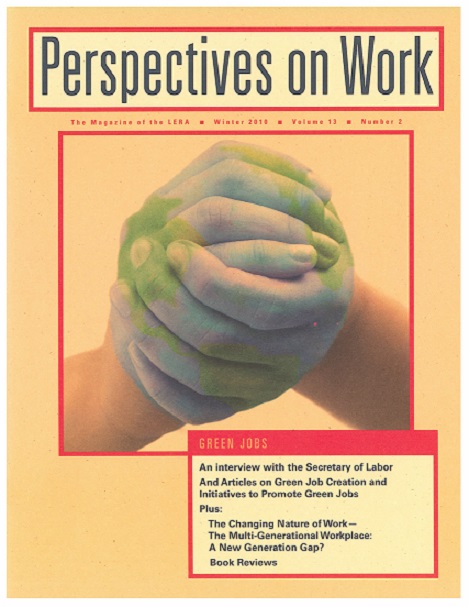The Twenty-First Century Organization: Easing the Generational Divide?
Abstract
One of the biggest shifts occurring within both society and organizations is in the demographic makeup of the workforce. With four generations of employees under one organizational roof, differences in attitudes, expectations, motivators, and behaviors can lead to conflict, tension, and ultimately, poor organizational performance. In an increasingly complex world, what should compel us to understand the differences between the generations in the workforce is the imperative for organizations to best leverage each of the generations to collectively meet the challenges posed by the twenty-first century and target managerial support accordingly. This article explores some of the transformations occurring in modern organizations and the implications that those changes have for managers as they strive to get results through the work of employees across all four generations in an increasingly boundaryless organization.Arguably no generation currently in the workplace is equipped to handle all that is being is asked of it by the twentyfirst century organization. Each generation has something crucial to offer, but none has the whole package. And it is only by forging strategic alliances across the generations within our organizations that they will be able to survive in this global, boundary-spanning age where operational excellence results from a rare combination of precision, interpersonal acumen, flexibility, and opportunism. In his thought-provoking book, Management Challenges for the 21st Century, Peter Drucker identified central management issues characterizing the twentyfirst century organization. He includes the following: increased need for managers to organize work and to adjust their management style based on the situation; technologies that span companies, markets, industries, and applications; and a broader mandate for management that is focused on getting results across the entire economic chain, across political boundaries, and outside of the organization itself.1 This list provides a useful framework from which to view the challenges that management confronts as it strives to develop and retain an increasingly multi-generational employee base in very tight economic times.Downloads
Issue
Section
Articles

